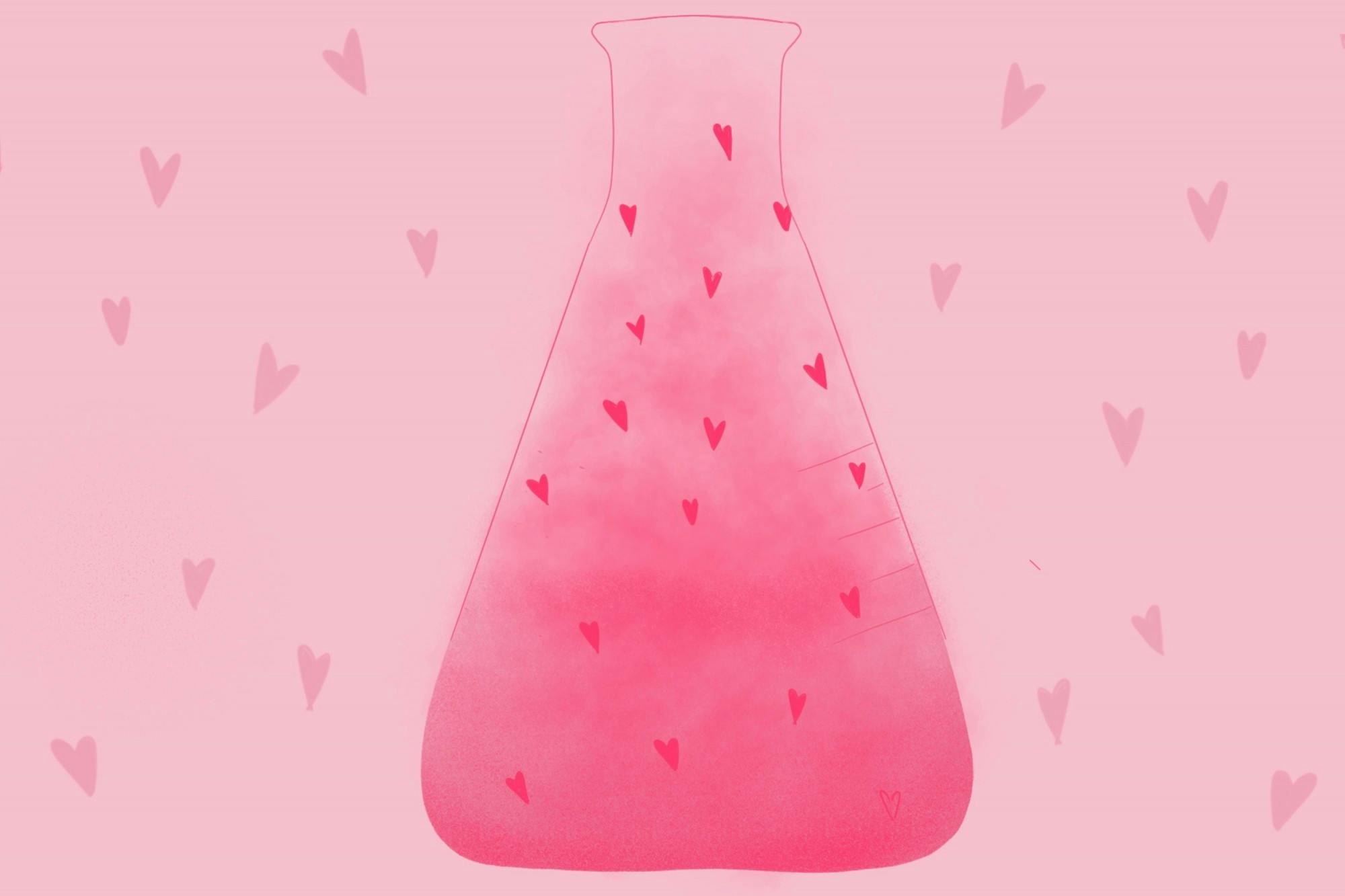Reading “The Love Hypothesis” feels like gaining all the perks of graduate school without actually having to attend a university. Author Ali Hazelwood creates a fake relationship between cheery Olive Smith, a Ph.D. candidate at Stanford University, and standoffish Adam Carlsen, a tenured professor and MacArthur Fellow. When Anh, Olive’s best friend, starts dating Olive’s former fling, Olive attempts to show that she is unbothered. Olive tells Anh that she’s also dating someone, and to prove it, Olive kisses the first man she sees: Adam. To her surprise, Adam then proposes the idea of “fake-dating” for their mutual benefit. Adam can project the image of having “roots” at Stanford so his department will stop expecting his departure after the completion of his research, and Olive can keep up her lie to Anh. The cliche of fake-dating, while drastically overused, still finds a way to my heart each time.
The novel is unique in that it falls within the “New Adult” genre, a developing genre that highlights the stories of 18-30 year old protagonists and is intended for those who have recently graduated from the Young Adult novel. I am always wary of books I find on BookTok, the corner of TikTok for literature enthusiasts, which only look good in 15 second videos and will not stick with me for years. However, after four mediocre books and countless hours scrolling through the trenches of that damned social media app, I finally found a book I thoroughly enjoyed.
My taste in books entirely depends on the writing style and the pace of the book; I like long sentences with seven semicolons and descriptions that take up half of the page. While this book did not hold up to the writing style of Jane Austen, it was very accessible to read, while being complex and entertaining at the same time. “The Love Hypothesis” was perfectly paced, making me invested in each part of the book. I understood every obstacle the characters encountered and felt how much each one wanted their respective goal.
All the characters are graduate students or older, and they act the way that people in their mid-to-late twenties act. The book is meant for new adults, and that tone is set throughout the entire book. I also appreciated that the age gap in the relationship was socially acceptable, as Olive is 26 and Adam is 34. While there is a very obvious power imbalance, their relationship still feels equal. The characters respond in mature ways to each other. Even in places where I anticipated the plotlines, the characters kept me on my toes and made me excited for the next chapter.
While reading romance books feels like something that should be said in hushed tones, it is the most popular book genre at the moment. In fact, it hasn’t fallen out of the top five best selling book genres since its publication. The purpose of romance novels is to fall in love with the characters as they fall in and out of love themselves. Shakespeare wrote about love because it is easy to create problems out of something so human. In my opinion, this genre is the most special thing to come out of literature because it shows that people take interest in romantic connections. This interest is why new relationships are always in pop culture (Kim and Pete, anyone?) and news and divorces are talked about for months. So, when given the opportunity to devour all the drama in a fictional relationship, readers latch onto it.
“The Love Hypothesis” also includes my favorite trope: grumpy-sunshine. This trope is defined by two protagonists whose personalities are antithetical to one another. Hazelwood’s only flaw in writing this book” is that Adam’s character is slightly underdeveloped. The idea of a mysterious, aloof man with whom readers are meant to fall in love can only be executed if he actually possesses those characteristics. While Adam is a heart-throb throughout the novel, his character was never given a chance to shine; readers rarely get a sense of his actions and the way in which he communicates. Where Hazelwood would animate Olive with pieces of dialogue: “‘Oh, no.’ She shook her head empathetically,” Adam would simply have: “‘Sure.’”
While this book seeks to entertain, it also contains social commentary, as all books should. The book has the perfect balance between rom-com and real-life commentary about women in academia. While reading it, I felt the purpose of the book was to shine light on sexism in a patriarchal field. In the author’s note, Hazelwood emphasizes her need to make the setting at Stanford, because academia is a familiar territory for her. Hazelwood wanted to be transparent about her experience in academia and the dynamic women have with each other and their male counterparts in such a rigorous field. Hazelwood describes that, while her experiences in academia have “not been the same as Olive’s” — no fake dating for her — she still wanted to pour the “frustrations, joys and disappointments” that come with academic endeavors into a book.
I read this book for the same reason anyone reads romance novels: to feel something. I wanted tension and anger and frustrations to excite my life while the sun sets at 5 p.m. Valentine’s Day is coming up and I needed a man to gush over, someone who I could talk to my friends about without worrying whether or not he would text back. With “The Love Hypothesis,” I got a light-hearted and easy read for my favorite holiday.
Rating: ★★★★☆




